Born in Massachusetts in 1829, Oscar Sampson was a descendant of Mayflower passengers. Sampson grew to become a very prominent businessman in Boston. He served as a director on multiple boards, including Boston’s Merchant Association and The Cotton and Woolen Manufacturer Mutual Insurance Company. While living in Boston in the 1860s, Sampson, along with George Hall, started a wool and cotton broker business called Sampson, Hall & Company.
In 1872, the Boston Fire nearly destroyed the entire city. Sampson, Hall & Company received insurance payments totaling $65,000. In the aftermath, they turned their attention towards investing in Greenville, South Carolina. In February 1874, Sampson signed a 10-year lease with Alexander McBee for waterpower and a brick mill. The mill was located along the Reedy River below the falls in what is now the center of Greenville.
Looms and fixtures soon arrived and the mill was completed in June 1874. The mill was so successful, construction began on a second larger mill the following year. The Camperdown Mills Manufacturing Company was formed. The new mill was built on the opposite side of the Reedy River. The mills 200 looms ran day and night with 265 operatives, ages nine to 63.
After the decade-long lease ended, Sampson and McBee could not reach an agreement to renew. Sampson built a small wooden mill on another side of Greenville. He moved all the machinery from Camperdown to his new mill called, Sampson Mill. He organized the American Spinning Company and immediately began construction on a large mill directly across from his “little mill.”
The size of a textile mill is measured by the number of spindles. Sampson’s little mill operated using 11,000 spindles, the larger mill, when completed, operated using 25,000 spindles. By 1911, the two mills grew to 40,000 spindles, 1,056 looms and 5,000 twister spindles. The village had a population of 2,000, including 355 children, two churches (one Methodist and one Baptist), a school and a library.
In 1936, American Spinning was dissolved. The mill sold first to Florence Mills. Later and to Cone Mills in 1953. When Cone bought the mill and the surrounding village, all the former and current operatives were moved out of their homes and each home was destroyed. This is the only mill village in Greenville where not one home is left.
Oscar Sampson remained in Boston his entire life, dying of pneumonia on November 16, 1904.
Story Photo Gallery
 About the Author: Teresa Slack, Research Director on the documentary, Building an Empire: The Textile Capital of World. Originally from Colorado, she has made Greenville her home for the last 41 years.
About the Author: Teresa Slack, Research Director on the documentary, Building an Empire: The Textile Capital of World. Originally from Colorado, she has made Greenville her home for the last 41 years.

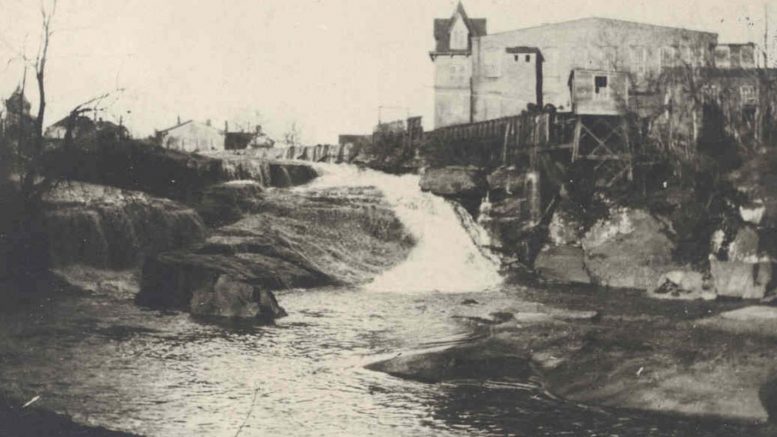
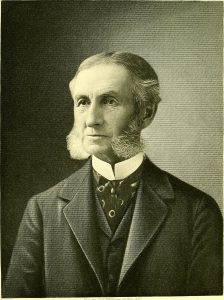
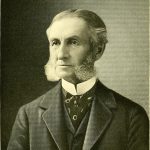
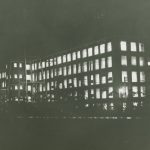
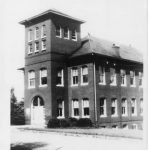

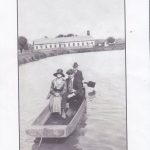
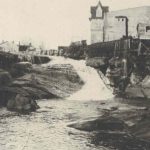
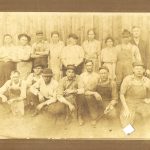
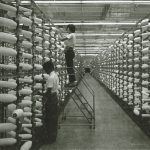

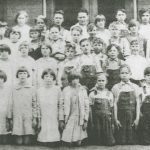

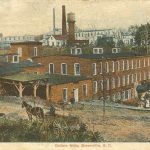
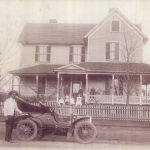
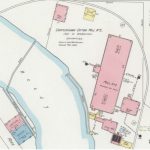
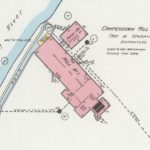
Be the first to comment on "The Story of Oscar Sampson and the Camperdown Mill"